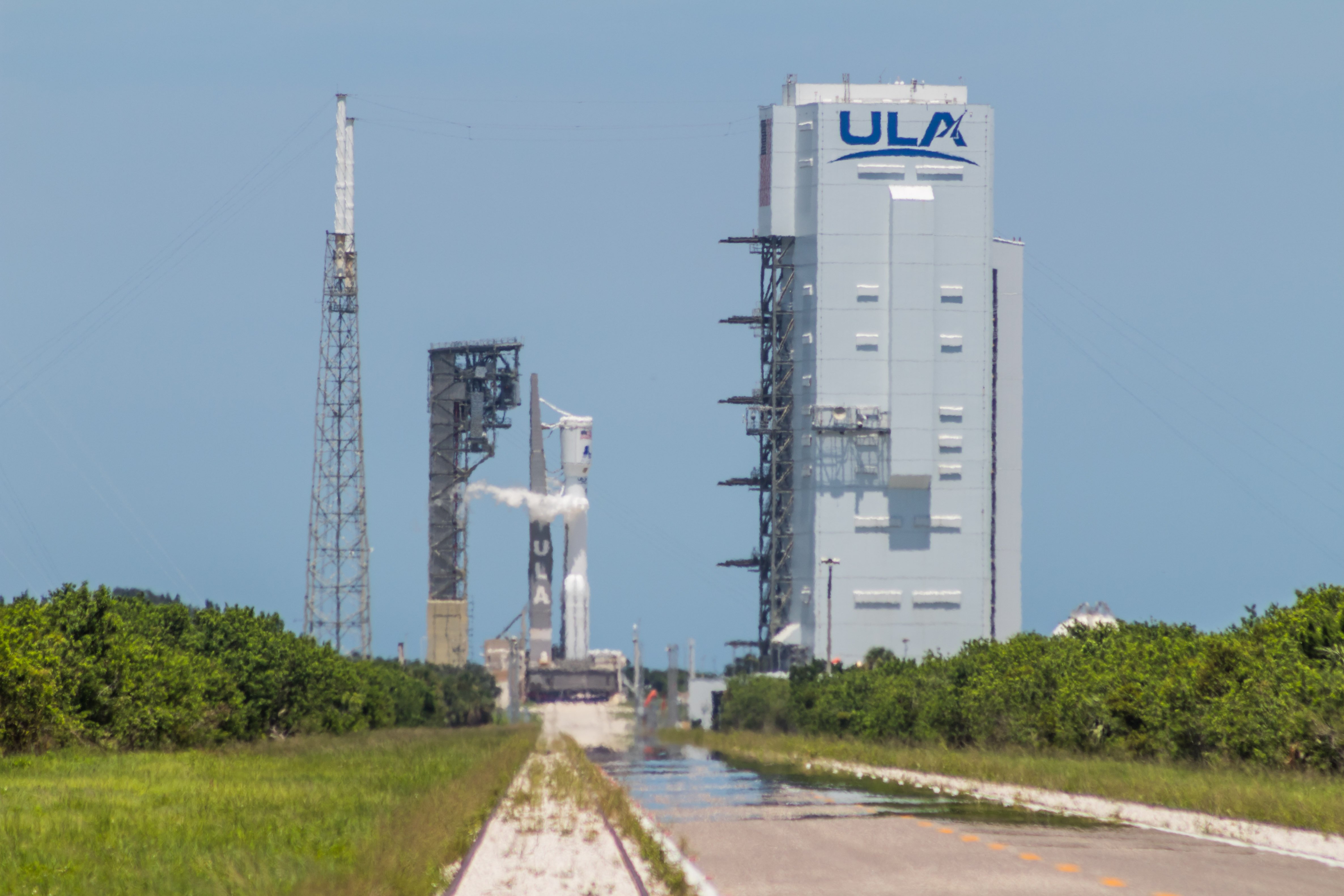
Practice is essential whether you are an athlete preparing for a big game, trying to master the skills of playing a musical instrument or launching a rocket with a critical U.S. national security payload.
At United Launch Alliance (ULA), we conduct Wet Dress Rehearsals (WDRs) as the practice to ensure the rocket will be ready when its payload needs to launch. The WDR tests the hardware, procedures and the people to reduce the risk of a delay when the real launch day arrives.
ULA prepares the rocket, without the payload yet attached, and transfers it to the launch pad. The team follows the exact launch day procedures by testing and fueling the rocket in a real-life countdown.
With all the necessary people at their stations, clocks count down to mere moments before the rocket would ignite on launch day. It is a full dress rehearsal for launch, with the rocket "wet" or fueled.
The exercise allows engineers to see how the rocket and ground systems behave and discover any issues that might need resolved before the launch day arrives.
Every customer can request that ULA conduct a WDR, but not every launch performs the test as part of pre-flight preparations.
Last week, ULA successfully completed a WDR on the Atlas V rocket that will launch the SILENTBARKER/NROL-107 mission for the National Reconnaissance Office (NRO) and U.S. Space Force (USSF) on Aug. 29.
The rehearsal followed the tightly scripted sequence at Cape Canaveral Space Force Station by rolling the Atlas V from the Vertical Integration Facility (VIF) to Space Launch Complex (SLC)-41, performing the entire day-of-launch countdown sequence to fuel the rocket with cryogenic fuel and returning the vehicle to the VIF.
The countdown began at sunrise under the guidance of the ULA launch conductor from the Advanced Spaceflight Operations Center (ASOC), located about four miles (6.4 km) from the pad.
The rocket stages were powered up, avionics tested and final preps to ground systems accomplished. That enabled the ULA launch director to give approval for fueling operations.
The launch team configured the Atlas V for cryogenic loading and approximately 66,000 gallons of liquid oxygen and liquid hydrogen filled the rocket's tanks using the same procedures that will be executed on the actual launch day.
The 25,000 gallons of highly-refined kerosene propellant for the first stage, called RP-1, was loaded after rollout and will remain stored in the Atlas V through launch. It is standard practice to fill the Atlas with this stable, room-temperature fuel days or weeks prior to flight.
Permission was given to enter terminal count at T-minus 4 minutes. The final phase of the countdown progressed smoothly with all planned activities completed. The rocket's tanks were pressurized, systems armed and the vehicle placed on internal power.
At T-minus 25 seconds, engineers confirmed final readiness by declaring "Go Atlas," "Go Centaur," "Go SILENTBARKER/NROL-107." The count finished at the scheduled cutoff point just prior to ignition time.
The rocket was safed and cryogenic tanks drained in preparation to return to the VIF.
SILENTBARKER/NROL-107, encapsulated in the 5.4-meter-diameter (17.7-foot) composite payload fairing, will soon be delivered to the VIF for hoisting atop the launch vehicle to begin combined launch preparations.
This will be ULA's 157th launch and our 98th in support of national security.
Learn more about the SILENTBARKER/NROL-107 launch
See more photos in our Flickr album

 Back To Blog List
Back To Blog List



